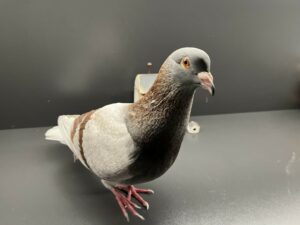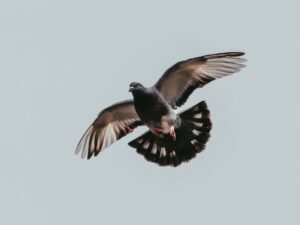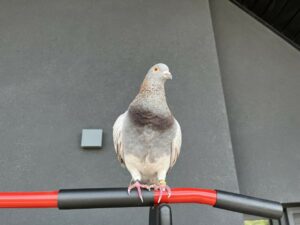Pigeons are among the most ubiquitous and recognizable birds in the world, dotting city squares and rural landscapes alike. Yet, their habitats and lifestyles are more diverse and fascinating than what meets the eye. As symbols of peace, messengers during wars, and an integral part of urban life, pigeons have marked their presence in our history, culture, and everyday life in various ways.
This article explores the multifaceted habitats of these resilient creatures, shedding light on their adaptability and how they have carved out their niches in both urban concrete jungles and sprawling natural wilderness. We will dive into their geographical distribution, survival strategies, the challenges they face, and the conservation efforts aimed at preserving their habitats. Join us on this intriguing exploration of where pigeons live, and gain a deeper appreciation for these often underappreciated residents of our world.

Where do Pigeons Live?
Pigeon Overview
Before we delve into the various habitats of pigeons, it’s crucial to understand who these birds truly are. This section provides an overview of pigeons, including their physical characteristics and species variety, followed by a look at their significant historical roles. These elements not only give us a deeper understanding of the bird but also offer insights into their incredible adaptability across diverse environments. So let’s take a closer look at these fascinating creatures, their distinguishing features, and how their interaction with humans has shaped their history and ours.
Pigeon Description:
- Pigeons, or rock doves, are medium-sized birds that are members of the bird family Columbidae.
- They are characterized by stout bodies, short necks, small heads, and plumage that typically exhibits grey and white hues, though variations can be seen across species.
- Pigeons have a wide range of species variety, with over 300 species distributed worldwide. Some of the well-known species include the domestic pigeon, the wood pigeon, and the band-tailed pigeon.
- Known for their impressive flight speed, they can reach speeds of up to 77.6 mph.
- They are one of the few bird species capable of drinking water without lifting their heads, a trait not commonly found in the bird world.
Historical Significance of Pigeons:
- Pigeons have played a significant role in human history, with records of their existence dating back to 3000 BC in Mesopotamia.
- They were used as a method of communication due to their strong homing instinct. They were especially valued in war times for carrying messages across enemy lines, most notably during the World Wars.
- In many cultures, pigeons are seen as symbols of peace, love, and tranquility. They are often associated with divine figures in certain religions.
- Pigeons were the first birds to be domesticated, and they’ve been selectively bred for thousands of years for their colors, patterns, and other physical attributes.
- In recent history, pigeon racing became a popular sport, showcasing the speed and navigational prowess of these birds.
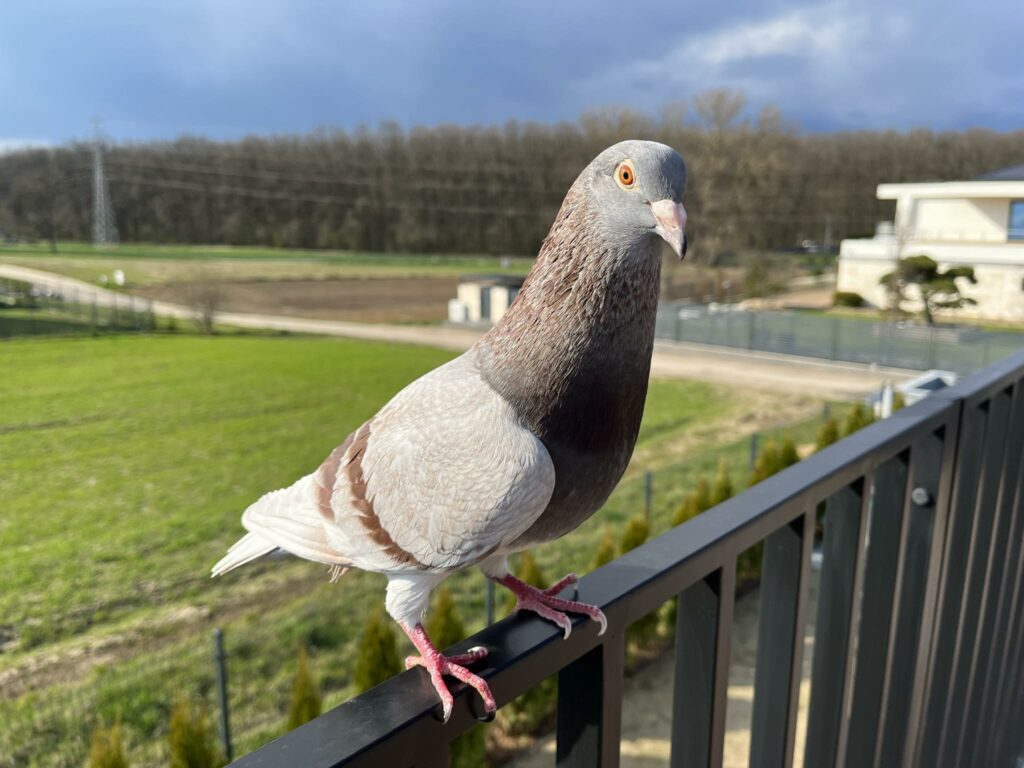
Where do Pigeons Live? Habitat Distribution and Diversity of Pigeons
As we venture further into the life of pigeons, it’s fascinating to explore the diverse habitats they occupy. From the bustling cityscapes to serene wild environments, these birds exhibit a remarkable range of adaptability. In this section, we’ll traverse the globe, observing pigeons in their urban and wild homes, and shedding light on their behaviors and survival strategies in each environment. Their global presence across various continents and regions further underscores their versatility. Let’s embark on this journey, discovering where pigeons live and how they’ve uniquely adapted to each habitat.
Urban Habitat
Pigeons are creatures of adaptability and resilience, exemplified by their flourishing presence in bustling urban landscapes. Their ability to nest on building ledges and other man-made structures mimics their natural inclination to seek out cliff faces, making cities an unexpected but suitable home. Amidst the ceaseless hum of human activity, pigeons have become skilled scavengers, finding sustenance in our leftovers and waste. With keen survival instincts, they navigate the challenges of traffic, pollution, and populous commotion with surprising ease, their grey forms providing a hint of wildlife in our concrete jungles.
Wild Habitat
While their urban exploits are well-known, pigeons also inhabit a range of wild habitats with aplomb. From rocky coastal cliffs and dense forests to vast savannahs and tranquil islands, pigeons have marked their presence almost everywhere. They display a fascinating range of nesting patterns, often building nests on ledges and in crevices, using twigs, leaves, and other vegetation. Their survival strategies are as diverse as their environments, with diets ranging from seeds, fruits, and insects to the occasional small reptile. In these wild settings, pigeons exhibit an affinity for both solitude and social interaction, often seen alone or in pairs, but also gathering in large flocks during feeding or roosting times.
Global Distribution
Pigeons truly are global citizens, gracing every continent with their presence. Their greatest species diversity is found in South Asia and Australasia, but they are also commonly seen in Europe, North America, and Africa. In fact, they are absent only in the coldest regions like the Arctic, the Antarctic, and some desert regions too harsh even for their adaptable nature. From the bustling streets of New York City and the ancient ruins of Rome to the peaceful beaches of the Seychelles and the towering cliffs of New Zealand, pigeons have become an integral part of the world’s diverse habitats.
Check my article about Where Do Pigeons Go At Night?
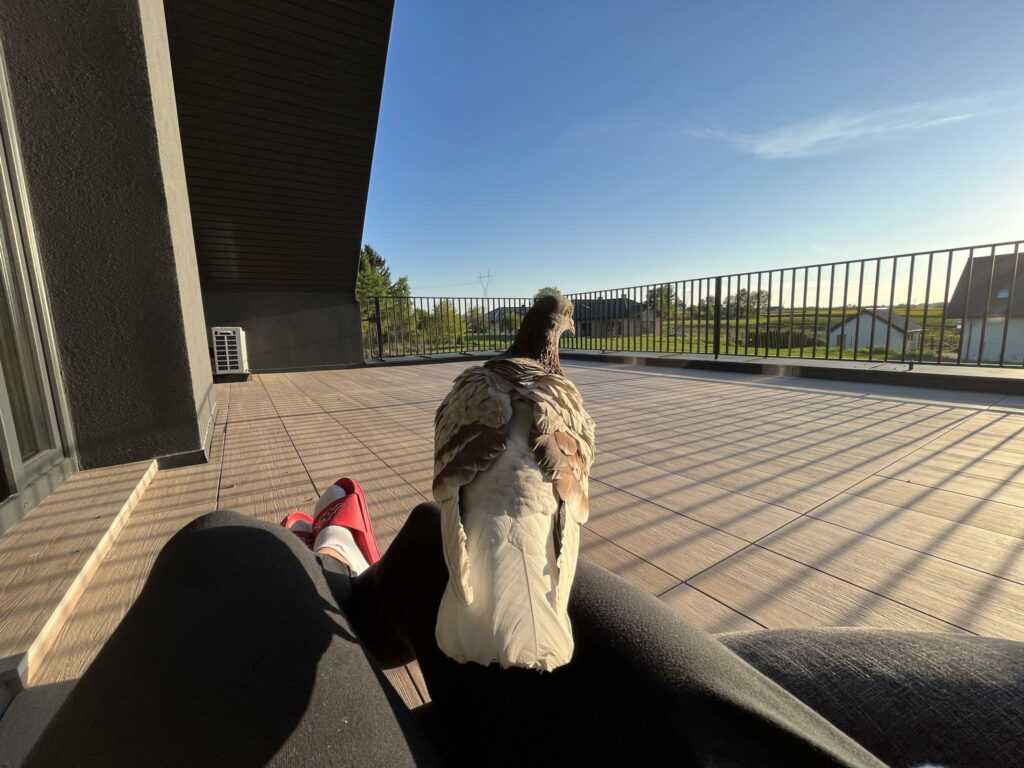
Where do Pigeons Live? Pigeon Adaptability
The thriving existence of pigeons across diverse environments is testament to their remarkable adaptability. In this section, we delve into the specifics of how these birds have acclimated to various conditions, be it in the bustle of city life or the tranquility of the wild. By exploring their physical and behavioral adaptations, we can gain a deeper understanding of their survival strategies. From their versatile dietary habits to their unique breeding behavior, the life of pigeons is a fascinating study in resilience and adaptability. Let’s dive deeper into these remarkable features that have made pigeons one of the most widespread and resilient birds in the world.
Adaptations to Urban Environments:
Pigeons’ successful integration into urban landscapes can be attributed to a number of key physical and behavioral adaptations.
- Physical Adaptations: Pigeons are known for their robustness, able to survive in various climatic conditions. Their compact size allows them to navigate through dense city structures, and their strong legs and claws help them perch on a variety of surfaces, from power lines to high-rise building ledges. Their grey and white plumage also provides a certain degree of camouflage in the concrete cityscape.
- Behavioral Adaptations: Pigeons display remarkable resilience in sourcing food, often seen picking through garbage and snacking on human food waste. Their diet has become omnivorous in nature, providing a versatile edge in city survival. Moreover, pigeons have become tolerant of human presence, often seen fearlessly strutting around populated areas.
Adaptations to Wild Environments:
In their wild habitats, pigeons demonstrate a different set of adaptations that have allowed them to thrive.
- Dietary Habits: Wild pigeons have a largely herbivorous diet consisting of seeds, fruits, and occasionally small insects. This food choice is enabled by a unique digestive system that includes a crop, an enlarged part of the esophagus, where food can be stored and even fermented.
- Breeding Behavior: Pigeons are monogamous, often breeding in pairs for life. This stable breeding structure provides them with a better chance at successfully raising their young. They typically lay one or two eggs at a time, ensuring they can adequately care for their offspring.
- Migratory Patterns: Unlike many bird species, most pigeons are not migratory. However, they are capable of traveling long distances if needed. This non-migratory habit allows them to establish year-round residence in a range of habitats, giving them an advantage over migratory species in terms of food availability and nesting sites.
Check my article about Do Pigeons Fly South For The Winter?
Challenges and Threats to Pigeon Habitats
Despite their remarkable adaptability, pigeons face a series of challenges and threats in their habitats. In urban environments, factors such as pollution, human activities, and changes in urban design pose significant threats. Air and noise pollution can disrupt their natural behavior, while food sources are often contaminated with harmful substances. Rapid urban development can displace pigeon populations, destroying their nests and disrupting their natural habitats.
In natural habitats, the threats are quite different but no less severe. Habitat destruction, primarily due to deforestation and land conversion for agriculture or urban development, can significantly reduce their living and nesting spaces. Predators such as cats, birds of prey, and certain species of snakes also pose a constant danger. Furthermore, climate change, with its associated shifts in weather patterns and increase in extreme weather events, can have devastating impacts on pigeon populations, affecting their food availability and breeding patterns.
Addressing these challenges is crucial to ensuring the continued survival and well-being of pigeon populations worldwide.
Conservation Efforts
Conservation efforts targeting pigeon populations span both urban and wild habitats. In urban areas, initiatives such as creating pigeon-friendly spaces and launching educational campaigns to foster a harmonious coexistence between humans and pigeons are gaining momentum. Some cities have even introduced pigeon contraception programs to manage their populations without causing harm.
In wild habitats, conservation efforts are more diverse and complex. They include protecting and restoring pigeon habitats, implementing predator control programs, and establishing protected areas where pigeons can live undisturbed. Some programs focus on monitoring pigeon populations and their health to track their survival and reproduction rates, providing valuable data to inform conservation strategies.
Both types of conservation efforts underscore the importance of a balanced and respectful relationship with nature, even in the midst of our bustling cities and serene wilderness areas.
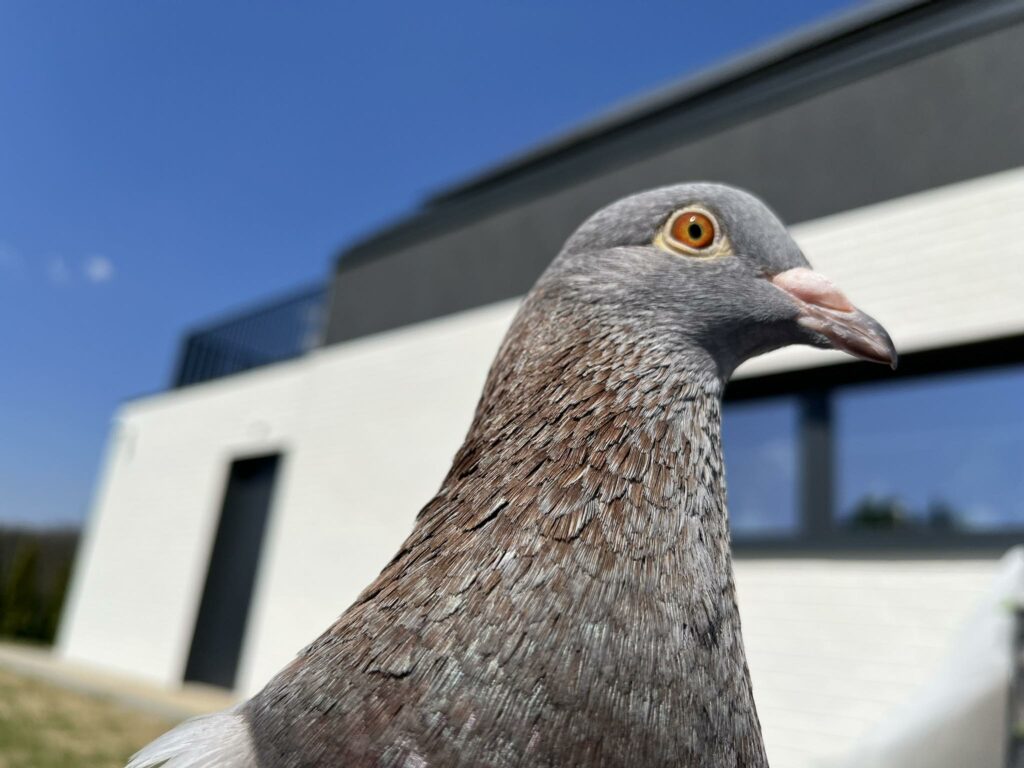
Where do Pigeons Live? Final Thougths
As we draw this exploration to a close, we gain newfound respect for the humble pigeon, a symbol of adaptability and resilience. Their ubiquitous presence, both in urban settings and the wild, demonstrates their versatility and tenacity in facing an array of challenges.
However, their survival is not without threats, from pollution and urban development to habitat destruction and climate change. Conservation efforts are underway, but they require reinforcement. All of us, from urban planners to ordinary citizens, have a role to play in fostering a culture of coexistence with these creatures.
Let this exploration of pigeon habitats serve as a humble reminder of our interconnected world. By appreciating even the most common of birds, we take a step towards a more sustainable future, where nature and humans thrive in harmony.
Where are pigeons most commonly found?
Pigeons are found worldwide, particularly in urban environments and a variety of natural habitats. They are especially prevalent in cities due to their adaptability to human environments.
What kind of natural habitats do pigeons prefer?
In the wild, pigeons inhabit diverse environments, ranging from rocky coastal cliffs and dense forests to vast savannahs and tranquil islands.
How have pigeons adapted to urban environments?
Pigeons have adapted to urban environments by learning to source food from human waste, nesting on building ledges, and becoming tolerant of human presence.
Are there any threats to pigeon populations in urban environments?
Yes, threats to pigeons in urban environments include pollution, human activities, and changes in urban design, such as the construction of new buildings that may destroy their nesting sites.
What challenges do pigeons face in the wild?
In the wild, pigeons face threats from habitat destruction, predators, and climate change.
How do pigeons adapt to wild environments?
Pigeons adapt to wild environments through their dietary habits, breeding behavior, and non-migratory patterns.
Are pigeons found on all continents?
Yes, pigeons are found on every continent except for the coldest regions like the Arctic and the Antarctic.
What are some of the conservation efforts for pigeons?
Conservation efforts include creating pigeon-friendly spaces in cities, protecting and restoring habitats in the wild, implementing predator control programs, and monitoring pigeon populations to inform conservation strategies.
Are pigeons migratory birds?
Most pigeon species are not migratory, but they are capable of traveling long distances if necessary.
How does climate change affect pigeon populations?
Climate change, with shifts in weather patterns and increase in extreme weather events, can have impacts on pigeon populations, affecting their food availability and breeding patterns.


